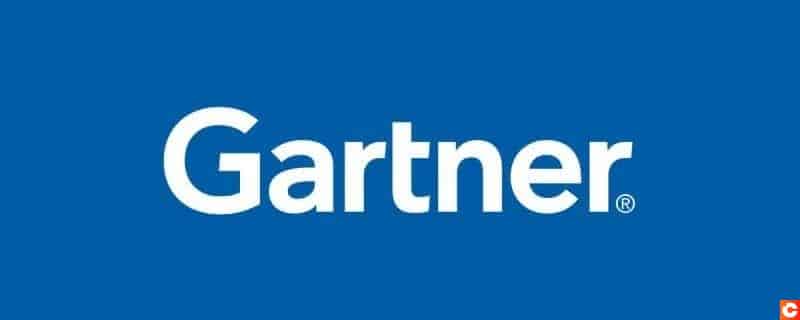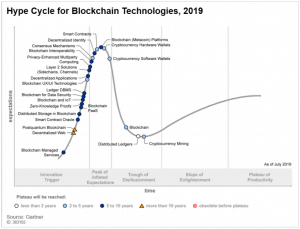

But before we go any further, let's consider the general circumstances in which blockchain technology is appropriate.

Compared to traditional business processes, blockchain can deliver time and cost savings, along with better security - especially in a permissioned network.

Do you need a blockchain?Īs a distributed ledger, blockchain can be used to record any transaction, and keep track of any asset and associated payments. The linkage of virtual or physical assets to digital tokens is called tokenisation, while the process of raising funds by offering a new cryptocurrency or token in exchange for traditional currency, or an existing cryptocurrency like Bitcoin, is called an Initial Coin Offering or ICO. Ethereum is the leading example of a smart contract-based blockchain system. In permissionless blockchains, like those underpinning Bitcoin or Ethereum, more reliance is placed on consensus mechanisms to confirm identities and validate transactions.īusiness rules that govern what happens to assets during transactions are known as smart contracts, which form a link between decentralized applications (or dApps) and the blockchain itself. The latter can be further divided into 'private' and 'community' blockchain networks - a single enterprise versus a group of companies involved in a particular business process, for example. There are two broad types of blockchain networks: 'permissionless', which anyone can join and 'permissioned', in which participants are authenticated by whoever is running it. Validated transactions cannot be altered or tampered with, and can only be reversed by a subsequent transaction. However, PoS is less costly in terms of computing resources and electricity, and can deliver faster throughput.Ī blockchain is therefore a cryptographically secure distributed ledger in which each node has a verified, up-to-date and immutable history of all transactions that have ever taken place among participants that do not necessarily need to trust one another. At the moment, PoW is the most common consensus mechanism, the best-known example being Bitcoin mining by solving cryptographic puzzles. Additions to the blockchain can only be made after validation by a majority of nodes using a consensus mechanism, the two main ones being Proof of Work (PoW) and Proof of Stake (PoS), after which the new blocks are distributed to all nodes. So, what is a blockchain?Īt heart, a blockchain is a special kind of database in which 'blocks' of sequential and immutable data pertaining to virtual or physical assets are linked via cryptographic hashes and distributed as an ever-growing 'chain' among multiple peer-to-peer 'nodes'. The best-known example of blockchain technology in action is the leading cryptocurrency Bitcoin, but there are many more use cases - think of blockchain as the 'operating system' upon which different 'applications' (such as Bitcoin) can run. This ebook, based on the latest ZDNet/TechRepublic special feature, looks at how blockchain is shaking up the economy and changing the way individuals and enterprises conduct business. Special report: How blockchain will disrupt business (free PDF)


 0 kommentar(er)
0 kommentar(er)
